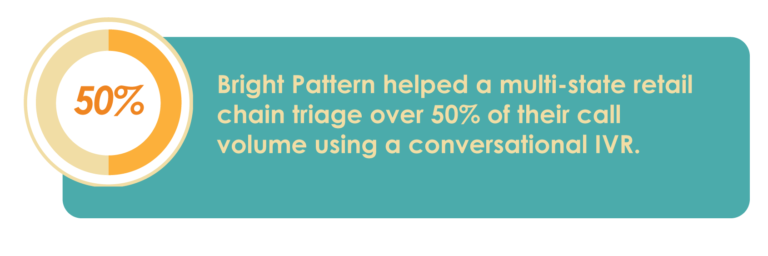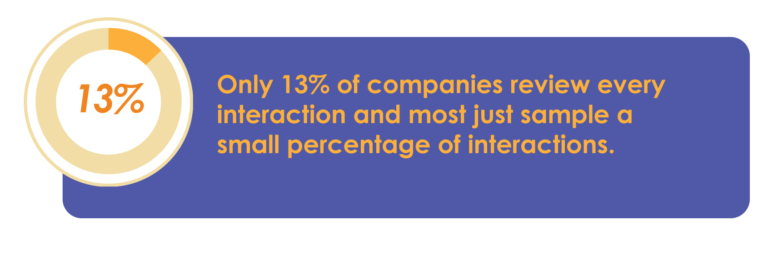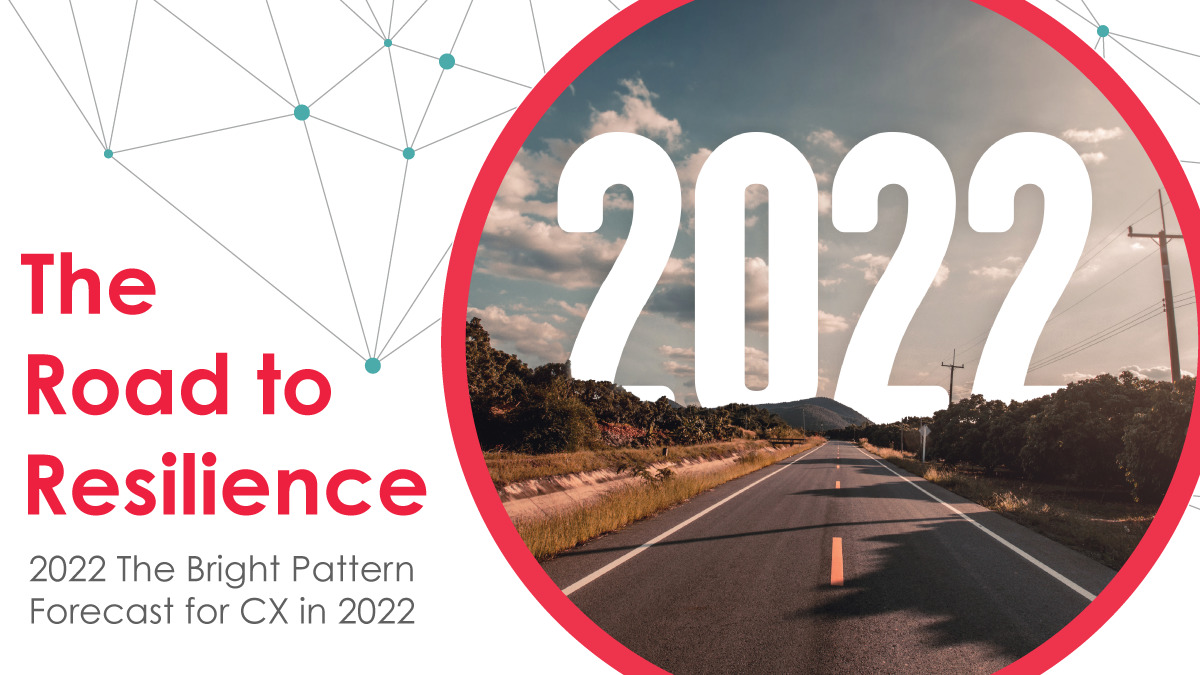Last week we published part 1 of our 2022 forecast and trends which talked about two of the top strategies which will help CX teams thrive in this new world. This blog will continue on that theme and discuss how the cloud and innovative technologies like AI will elevate CX in the new year.
Elevate CX with AI
As we said earlier, call volume spiked in 2021 due to the ongoing pandemic, staff shortages, and supply chain issues. Customers were getting frustrated with automated solutions that did not address their issues or kept them on hold for unacceptable lengths of time.
Telling people to call back or sending out a notification that “wait times may be longer than usual” is simply not good enough anymore. Organizations and businesses must turn to new forms of self-service and AI to assist remote agents and elevate CX whether it’s during a crisis or after the smoke has cleared.
Last year, we looked at how companies are spending more on AI but are lacking in strategic uses for this powerful tool. The pandemic has amplified the need for AI as a frontline tool for contact centers to handle large volumes of interactions. One of the largest AI providers, IBM Watson, saw a 40% increase in traffic from February to April 2020. That’s because AI tools like chatbots and advanced conversational IVRs are highly sophisticated, yet simple to implement and can quickly search extensive knowledge bases and provide answers to even complex queries. In one such case, Bright Pattern helped a multi-state retail chain triage over 50% of their call volume using a conversational IVR. We foresee major growth of AI and newer forms of self-service in CX, as it will continue to advance over time and reduce workloads for agents well after the pandemic is in the rear-view mirror.

Bright Pattern’s artificial intelligence can decrease wait times, speed up customer service, and increase customer satisfaction. Utilize AI for automation and boost performance in your contact center for a better customer experience. Through AI, agents can use speech recognition and voice recognition to authenticate customers quickly, allowing customers to get the service that they need much faster.
Utilize powerful AI to assist agents during customer interactions and reduce friction in the overall experience. Agent assistance can help provide suggestions to agents during chats and messenger conversations. Set up AI to do basic triage and present that information to the agent to guide them on how to assist customers. AI sentiment detection can also help supervisors identify and coach agents.
Empower callers with virtual agents, virtual assistants, chatbots, and interactive voice response (IVRs). Bright Pattern’s virtual agents and conversational IVRs are powered by Natural Language Processing (NLP), allowing callers to speak naturally instead of responding by repeating a specific phrase or pressing a button. When callers want to speak with a live agent, the virtual assistant can route them to a human agent through any digital channel in real-time for a blended approach. Using AI, Bright Pattern enables full self-service to fully automate routine inquiries. Basic information can also be triaged through the AI that is then passed on to the agent, bringing AI and humans together for faster resolution and improved contact center efficiency.
Companies talk about the importance of offering great CX, yet the reality is that most companies do not measure the quality of their interactions. The norm in this increasingly digital world is that most digital interactions are not monitored for quality and only a small percentage of voice interactions are measured.
A Bright Pattern survey from September 2019 found some interesting stats.
- Only 13% of companies review every interaction and most just sample a small percentage of interactions.

But with AI embedded in your contact center operations, things like sentiment can be automatically and easily noted for every interaction on every single channel for comprehensive passive monitoring of quality assurance. AI with NLP can measure every voice or IVR interaction and detect sentiment. AI can also measure sentiment on channels such as web chat, email, text message, or bot interactions. Compounding this sentiment detection with keyword searches and screen recordings, it’s clear that AI empowers supervisors to have super-vision to transform remote agents into super agents.
While adoption of this technology has been slow, we predict that in the post-pandemic contact center, AI-infused QM will become the norm.
Clouds Have Clout
We said it before and we’ll say it again—on-premise contact center systems are no longer the best approach in the post-pandemic contact center. Ironically enough, cloud contact centers a few years ago were considered riskier and less secure than premise-based systems, but since COVID, cloud contact centers are significantly better for business continuity and employee safety than was previously the case. In the rare occurrence that a company was able to make it through the pandemic unscathed with on-premise contact center software, it is inevitable that as part of their post-pandemic plan they have to consider a cloud-based platform. In a 2018 report by Markets and Research, global spending for cloud-based contact center solutions was expected to triple by 2022. In light of the events of the past few years, we think that number is extremely conservative.
Companies that hang on to legacy platforms might cite a reduction in software capabilities, lack of integrations with ERPs, CRMs, etc., or data security as reasons to keep an on-prem platform. However, this couldn’t be further from the truth. Today’s cloud contact center solutions are robust powerhouses that offer a full suite of tools to handle even the most demanding customers.
Additionally, certain cloud-based contact center software allows for integration with other platforms and/or databases out of the box. If custom integrations are needed, linking applications via an API is simple and cost-effective. When it comes to security, today’s contact center platforms follow the highest of standards to comply with various protocols like PCI, HIPAA, GDPR, and others. Call and messaging data is typically encrypted and transmitted through secure servers that redact sensitive information. This happens no matter if the agent is sitting in a cubical or their living room couch.
Watch how Bright Pattern helped companies go 100% remote during COVID-19




